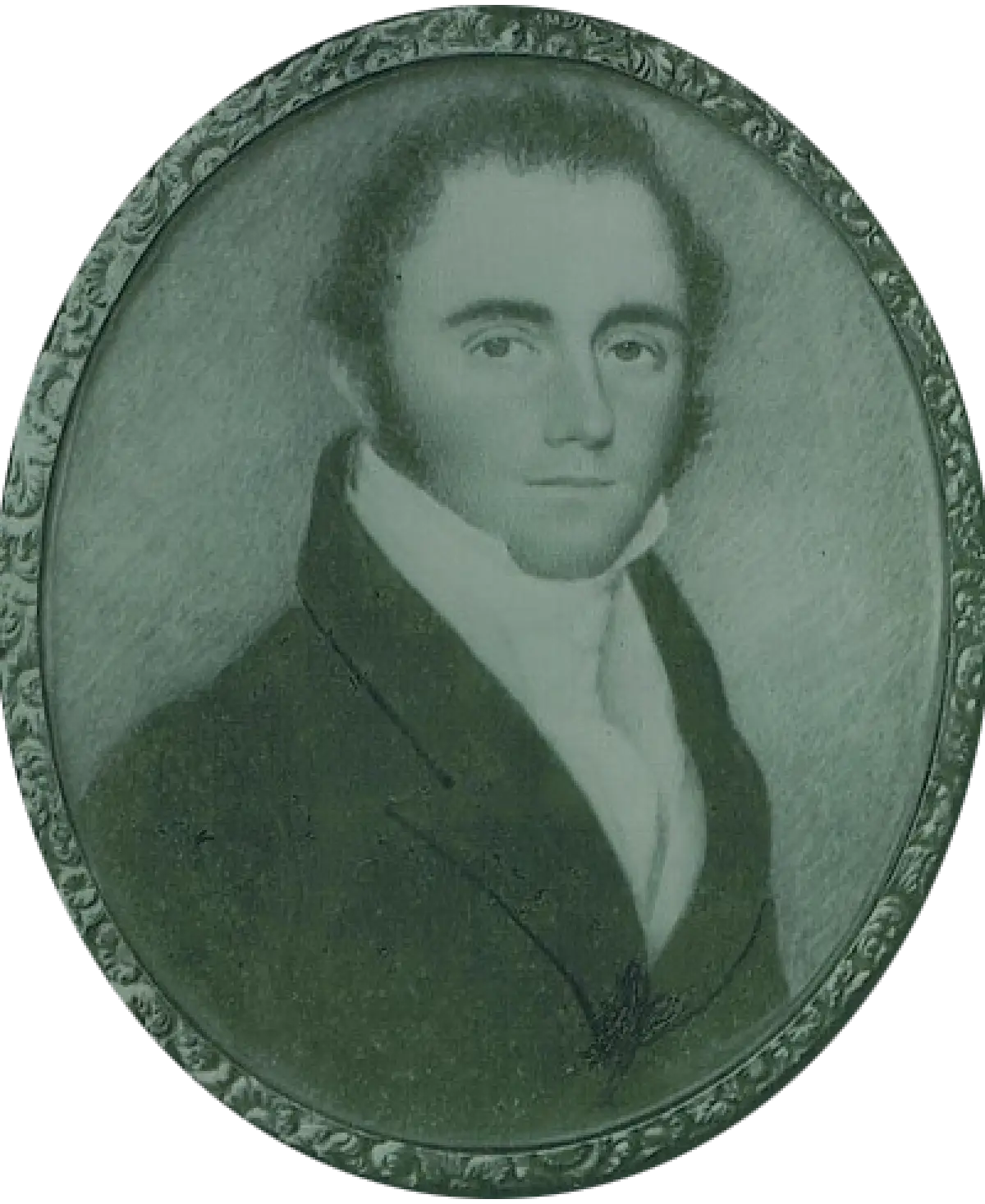Publishing the 1834–52 journals of Captain Andrew Haig
Narryna awarded funding through the TasPorts Community Grant Program to publish the 1834–52 journals of Captain Andrew Haig.
Posted
15 June 2023
Narryna awarded funding through the TasPorts Community Grant Program to publish the 1834–52 journals of Captain Andrew Haig.
Posted
15 June 2023
Originally published in the Maritime Times of Tasmania, June 2023.
Over the past four years, a group of dedicated volunteers and staff at Narryna Heritage Museum have been transcribing the journals of Captain Andrew Haig (1793 - 1871), a British East India Company-licenced merchant trader who sailed into Hobart in 1824.
TasPorts is committed to preserving Tasmania’s maritime history and awarded Narryna funding through the TasPorts Community Grant Program to publish the journals as two bound volumes.
These journals provide a valuable contribution to Tasmania’s maritime history, providing readers and historians with a fascinating first-hand account of inter-colonial and global trade, international cargoes and voyages, insights into local maritime industries such as whaling and shipbuilding, the relationships between masters and servants, and the development of ports and shipping across Tasmania, particularly in Hobart and Devonport.

Tasmania’s first port was established on the Derwent River in 1804, where the city of Hobart sits today. In the same year, in the north of the state, Tasmania’s first pilot station was established at Low Head to guide vessels safely into the Tamar River.
Over the ensuing years, a number of regional marine boards and authorities were established, serving the needs of the various settlements that had sprung up around the state.
Today, TasPorts operates a network of 11 ports and one regional airport around the state for the benefit of all Tasmanians.
By transcribing and editing the journals, currently held in the Tasmanian Archives at the State Library of Tasmania, fascinating details of the lives of Narryna’s first occupants and the challenges they faced in Hobart Town will be accessible, with added glossaries to facilitate understanding of the many unusual, or now obsolete, words used throughout the journals.
The popularity of publications relating to colonial life in Van Diemen’s Land, now called lutruwita/Tasmania, indicates an appetite in the broader community for better access to primary source material about this period.
Captain Haig | a brief history
The creation of New Wharf allowed Haig to build a pair of warehouses facing Salamanca Place in 1833-35, where he set up as a merchant importing goods and building materials and exporting goods such as wool and whale oil, on land purchased from the subdivision of the Reverend Robert Knopwood’s Cottage Green estate.
At the Hampden Road end of the property, the Georgian townhouse Narryna was built for the Haig family in 1836-40, but due to financial problems, the properties were sold in early 1842. Despite Haig’s brief occupancy, the house remains emblematic of its builder and Hobart’s early trader society.
Haig’s personal challenges around business ventures, his children’s health, and his often desperate attempts to convince relatives and others in Britain to support his many ventures make for fascinating reading.
The Haig family continued to live in Hobart, and in the years following, Haig obtained a position as Marine Surveyor for an Insurance Company and later became the government’s Immigration Officer.
Historical and journal information has been provided by Narryna Heritage Museum, which is open to the public at 103 Hampden Road, Battery Point. Please visit the Community Grant Program site for more information on our program.